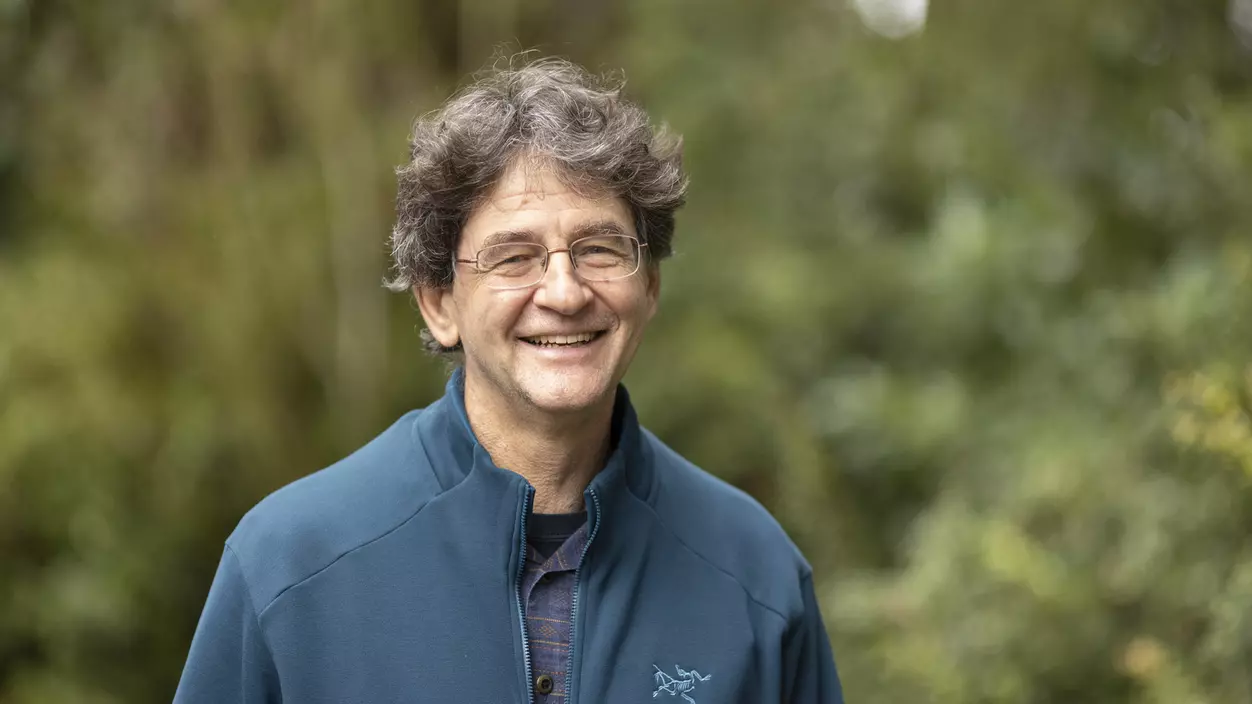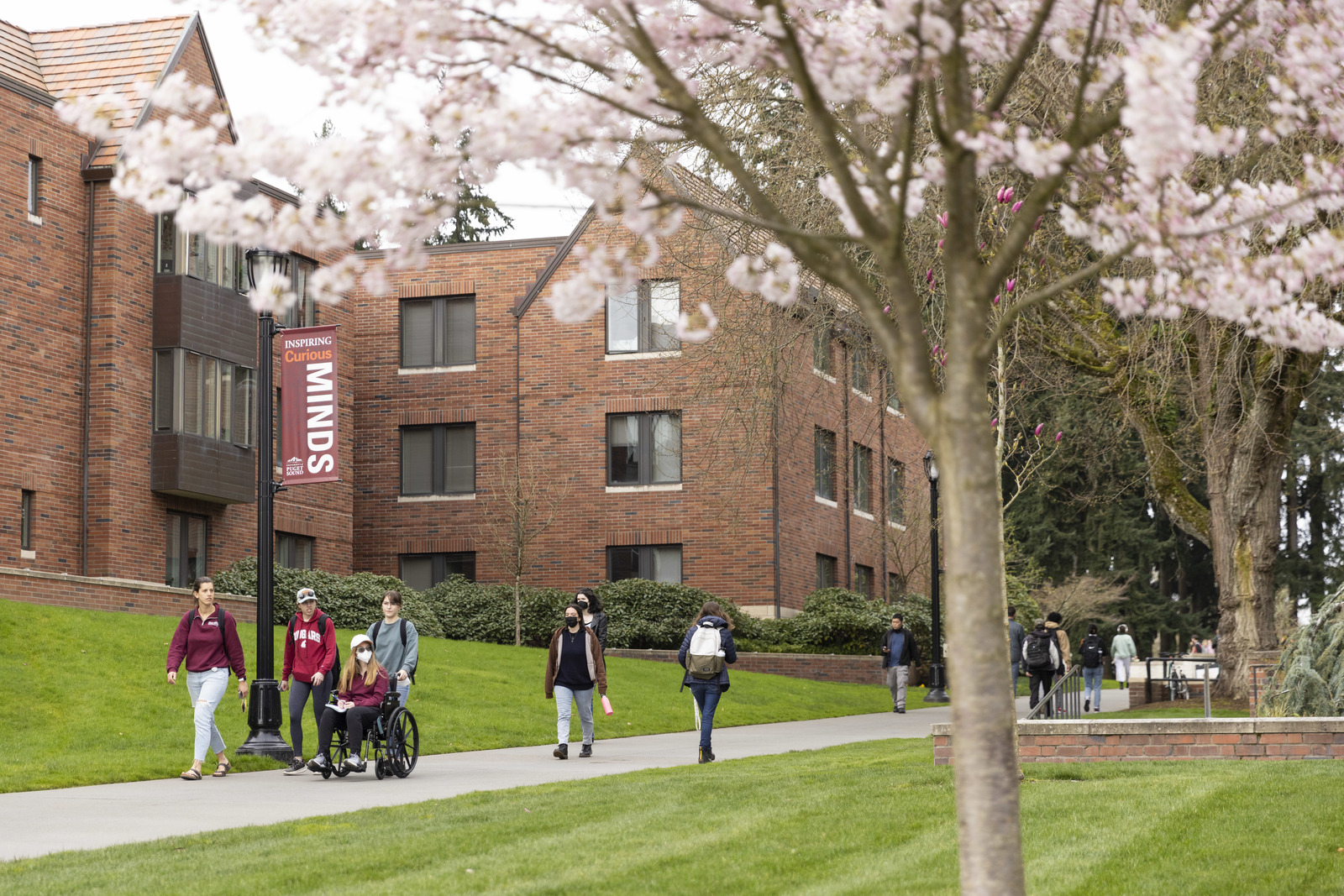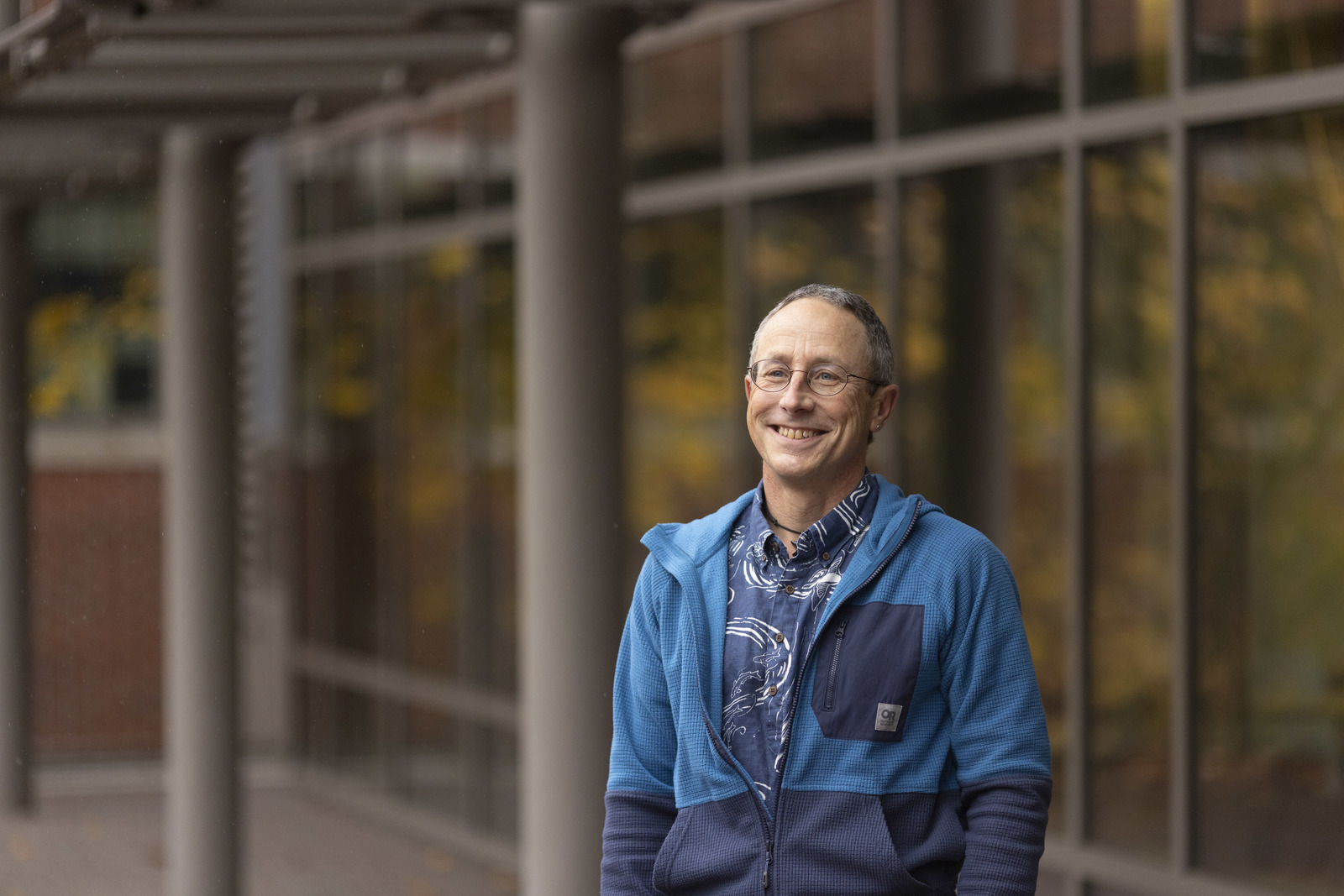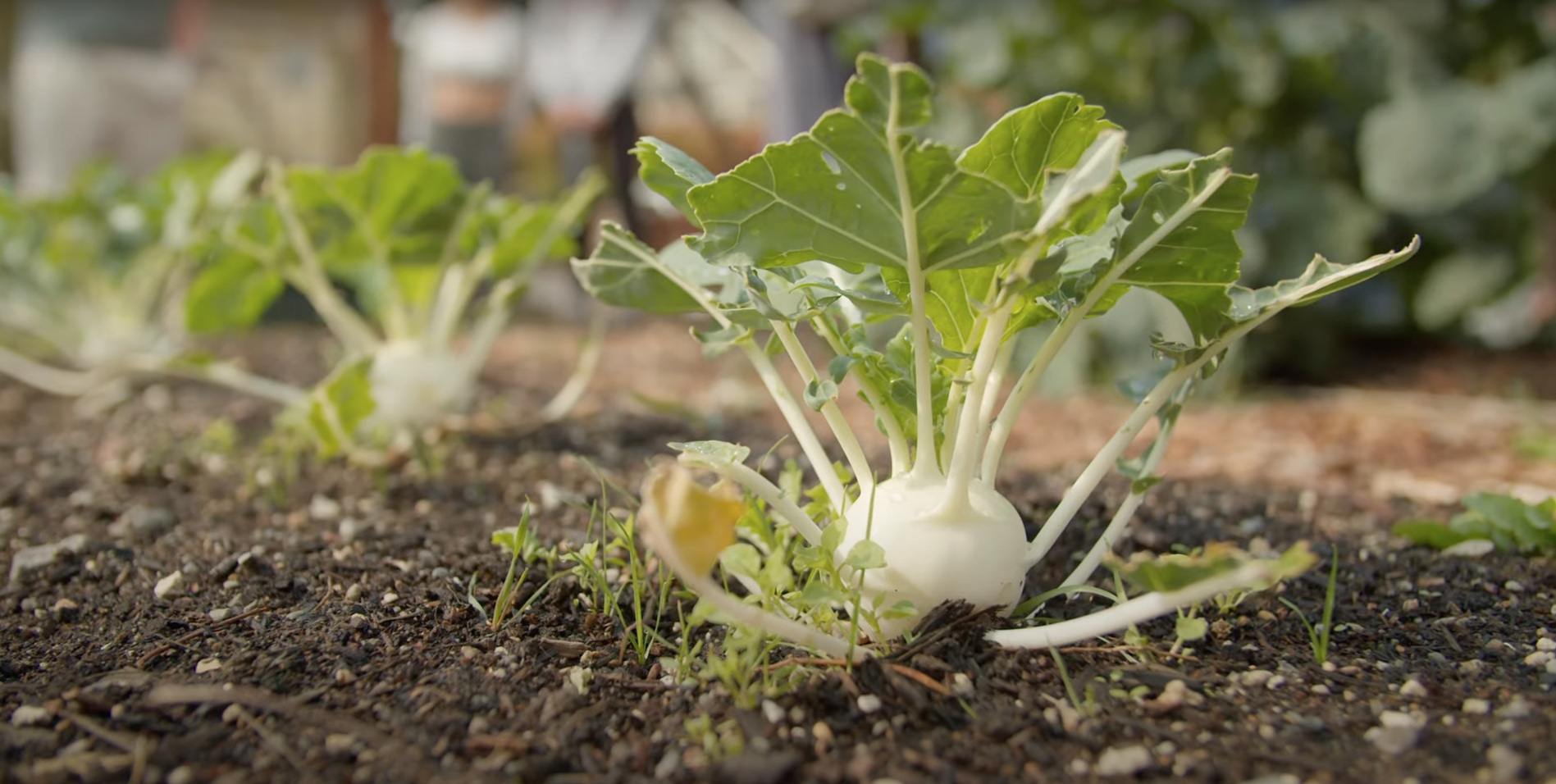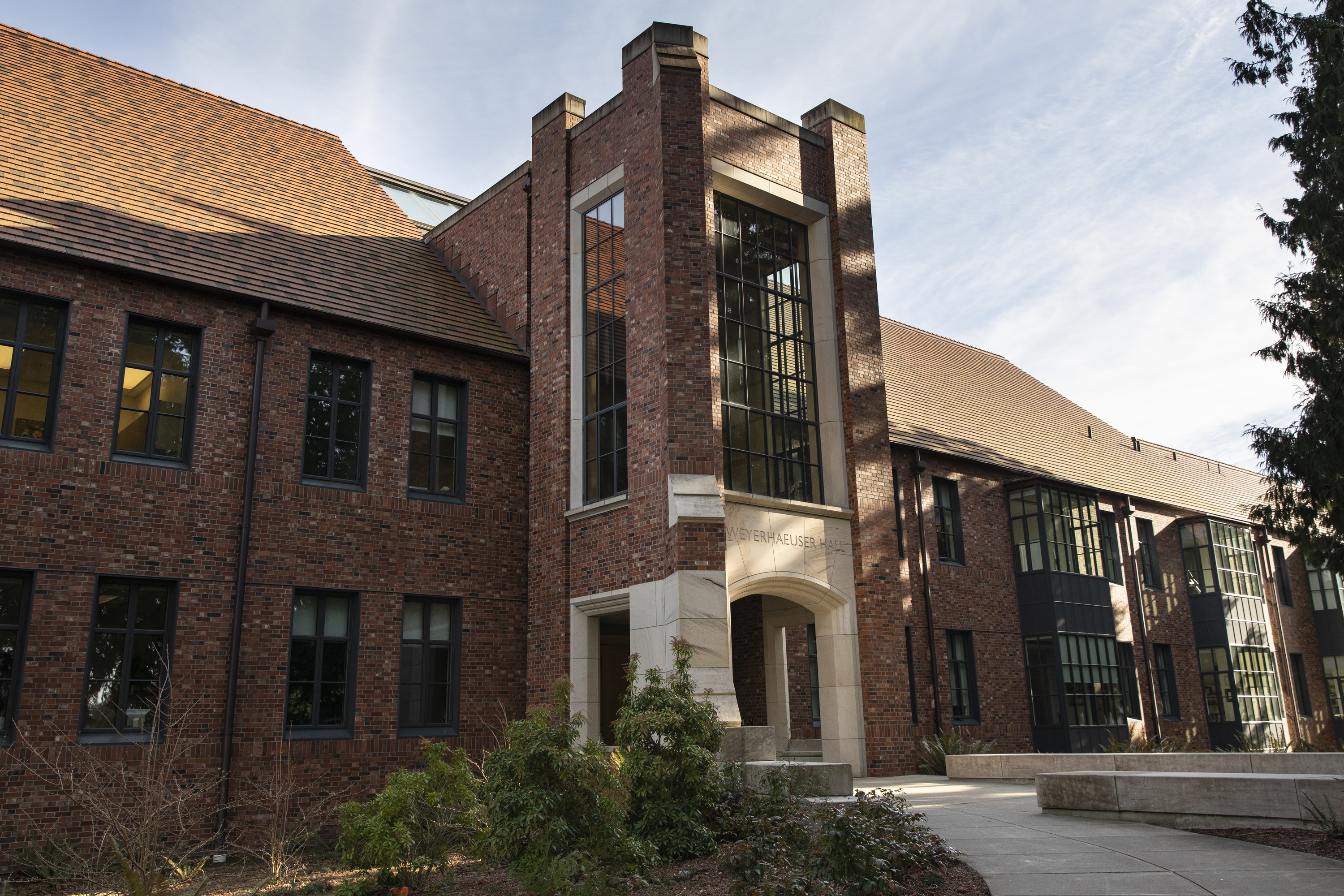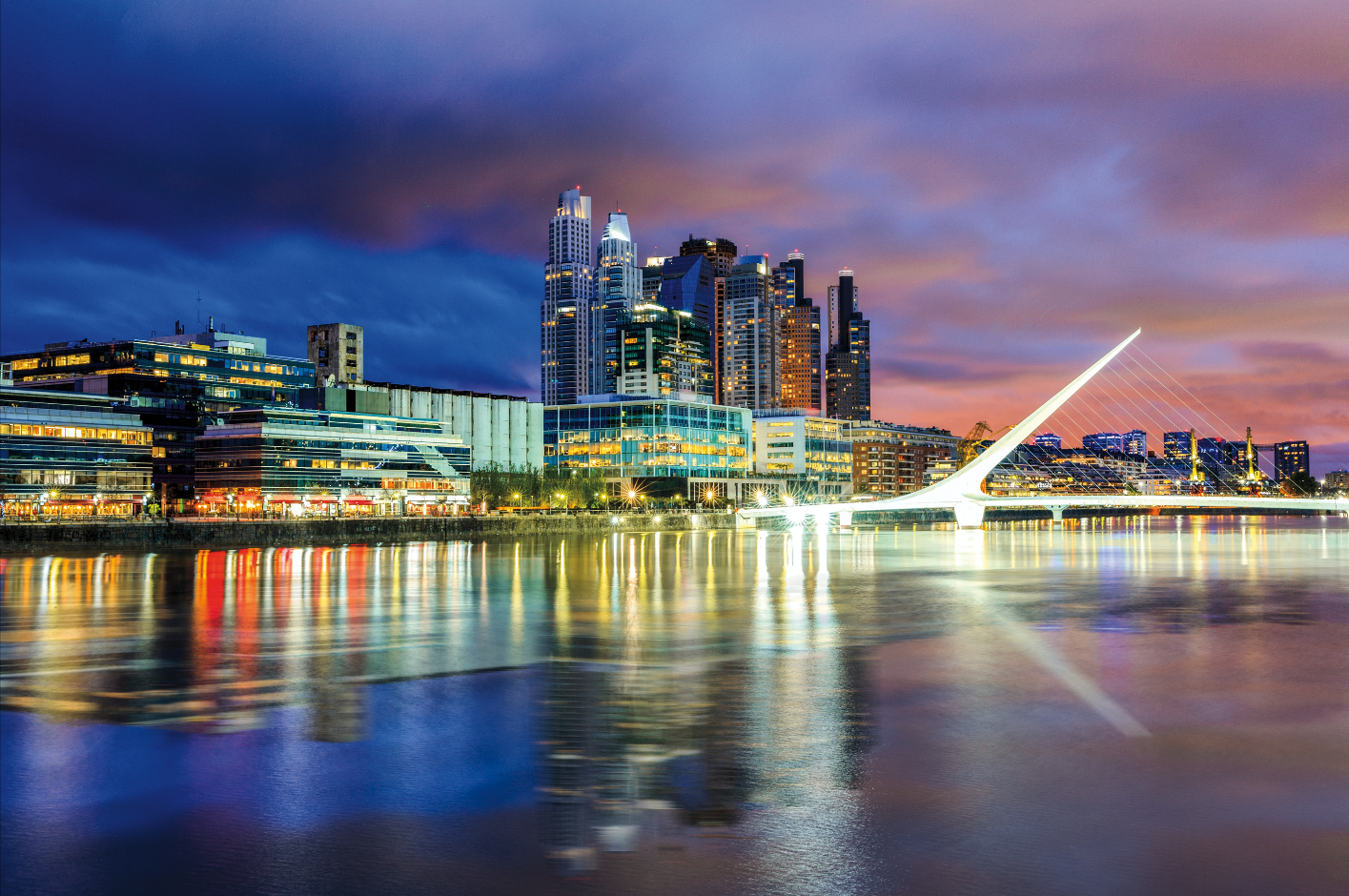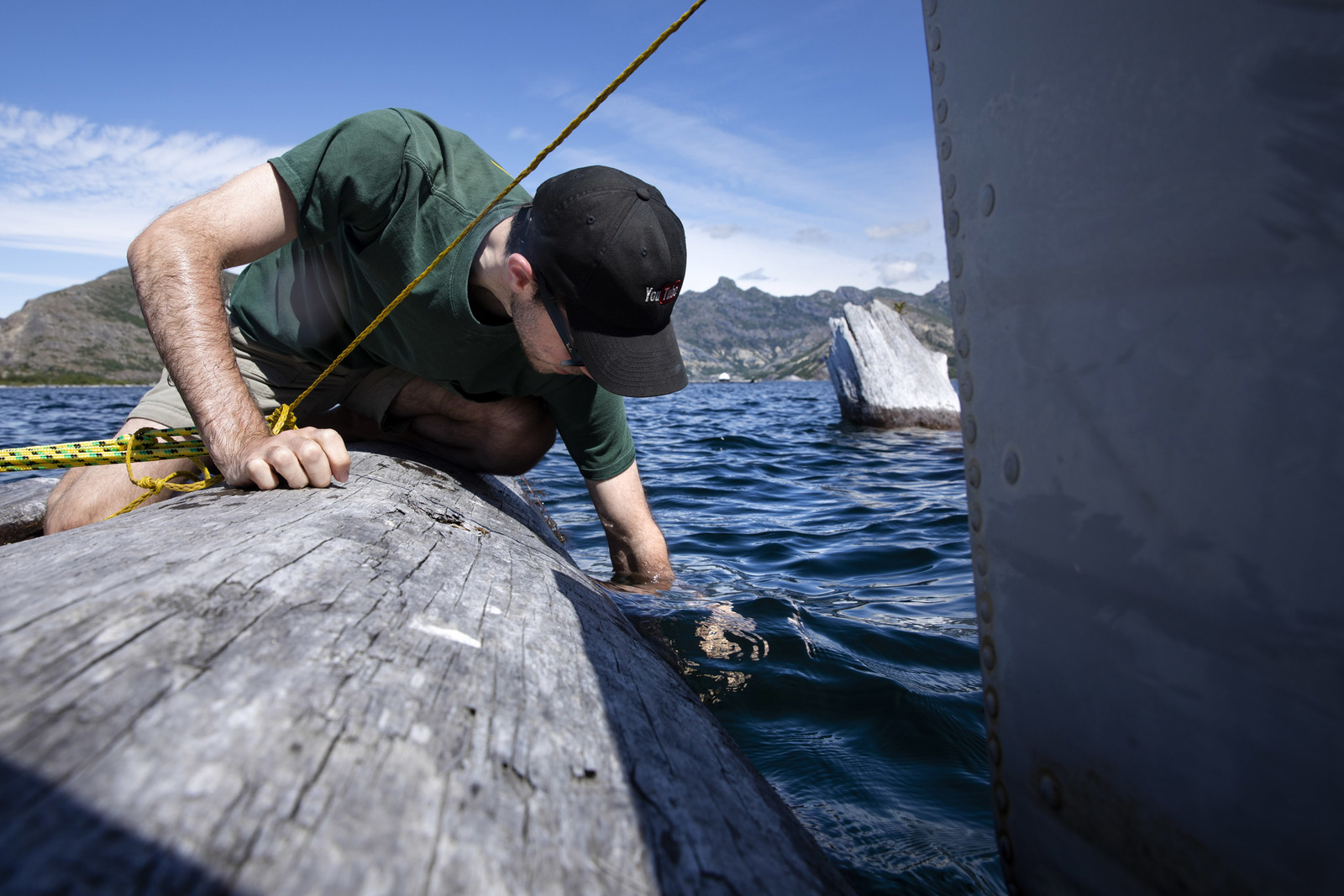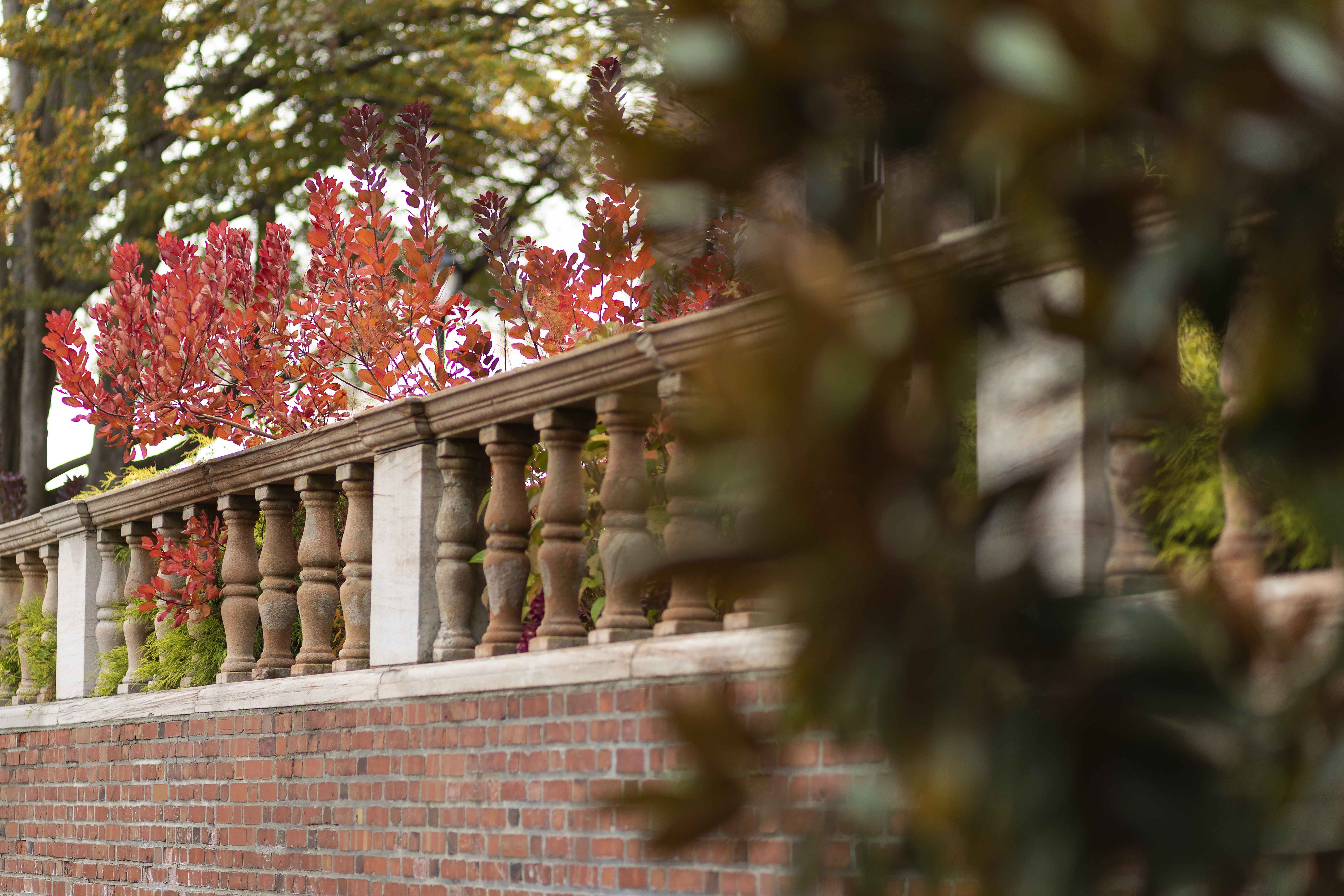Q: How did you first become interested in the field of biology?
A: When I was in third grade, I wanted to be a zoologist. By the time I went to college, I thought I was going to be an English and theater major. Then, I took a class in ecology and it rekindled my passion for biology. I ended up at the University of Washington, where I majored in both zoology and botany, and I worked at the Burke Museum there. After graduation, I did everything from working as an observer on Japanese fishing boats to digging out septic tanks. Then I went to graduate school at Cornell University, where I worked on fish evolution, followed by a postdoc at the University of Michigan. At that point, I knew that I wanted to work at a university where both teaching and research were encouraged and I got incredibly lucky to land a job here.
Q: Let’s talk about ice worms. How did you start studying them and why are these tiny creatures important to understanding glacial ecosystems?
A: A lot of the research that I do is student driven, and this is a great example of that. I had a student who was interested in studying these ice worms, which live only in glaciers from Central Oregon up to southern Alaska. We started looking at the ecology and genetics of these worm populations and it turned out to be a fascinating project, and so I’ve been working on that for 15 years. Glaciers harbor a huge diversity of life, but they’re also disappearing. Anything that depends on that ecosystem, whether it’s ice worms, birds that feed on the worms, or insects that rely on the melt from glacial water, as glaciers disappear, those populations are going to disappear, as well.
Q: A lot of your research focuses on places where the natural world and the human world intersect. How does the Museum of Natural History help us understand our collective impact on the planet?
A: At some level, all landscapes on Earth are impacted by humans. Even in the most remote places, you find plastics and other evidence of human activity. One of the things that museums like ours can do is show us how things change over time. For instance, we have looked at red-tailed hawk feathers in our collection that date to the late-1800s and can see how levels of mercury in those samples changes with changes in coal burning (which produces atmospheric mercury) up to the present day. We can also use museum collections to document how quickly animals and plants adapt to human changes—some of which happen over just a couple of generations.
Q: Science outreach is an integral part of the museum’s mission. How are you expanding science education in the community?
A: We’re always working to expand the reach of the Museum both on and off campus, and that starts with getting students involved. We have a volunteer docent program in which students from any discipline can serve as guides in the museum or learn museum practices. You don’t have to be a science student to participate in that. We also deliver curriculum to fourth and fifth graders in Tacoma schools, where we bring specimens into the classroom, like bird and mammal skulls. Obviously, that’s all been done remotely since COVID-19. My AmeriCorps staff are finishing up a new online curriculum that will be available soon, and that’s a resource that will be available to anybody with an internet connection.
Q: How do you spend your time when you’re not on campus?
A: I’m one of those lucky people who is actually doing what I love. I enjoy being outside, hiking, skiing, biking, rowing, or kayaking, and when I do that, I am usually looking at the birds and the plants around me, because I’m a bio nerd. Also, I like food and drink. When I eventually retire, I’ll probably spend time designing cocktails. Maybe I’ll open up a backyard speakeasy. Besides that, I’ve also been working on a slow thru-hike of Tacoma. I have a goal of walking every street in Tacoma. There are 2,000 miles of streets to cover, so that’ll take a while.

